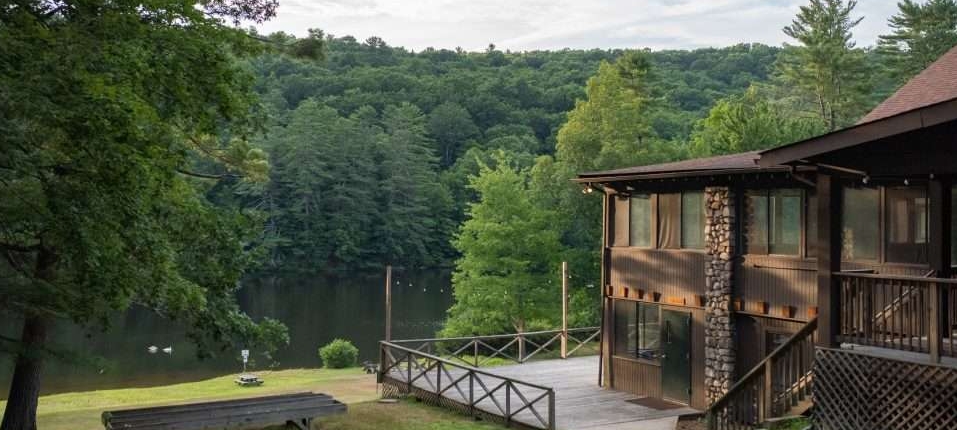Kids Build Resilience, Cultivate Joyful Minds at New Summer Camp in the Catskills

Maintaining a conflict-free life in a conflict-ridden world is not realistic. However, children can be taught to see change, challenge, and conflict as an opportunity to learn and thrive. With the power of mindfulness a child can make incredible shifts in their physical and emotional wellbeing.
You may have heard about mindfulness practices being used at your child’s school or daycare. If you’re not sure what a mindfulness practice is or how it can help kids thrive in life…read on!
Millions of people engage in mindfulness practices to support their emotional and physical health. Around
Mindfulness Optimism Relax Harmony Conceptthe globe, mindfulness practices are being used to improve employee wellness, boost focus and productivity, to help alleviate chronic pain or lessen symptoms of illness, and to enhance sport performance. Yet, only in the 15 years or so has mindfulness been brought into the lives of children through educational enrichment, recreation programs, and summer camps.
Popular media refers to mindfulness as the process of paying attention in life. For example, when you are fully present and undistracted while performing a task or while working. You might also hear this called a state of “flow.” In this case, mindfulness is the opposite of multitasking—something that so many adults and kids are doing more of in daily life. Ironically, multitasking can make you less efficient, less productive and more stressed!.
Renowned mindfulness expert Jon Kabat-Zinn defines mindfulness as “paying attention, on purpose, in the present moment, without judgment.”
What does Mindfulness Practice Look Like
A mindfulness practice involves “being fully aware of one’s own thoughts, emotions, and sensations and one’s surroundings by intently paying attention in the present moment and doing so nonjudgmentally and without attachment.” What does that look like?
A mindfulness practice is
- Intentional and without a specific outcome or goal, such as you would have with problem-solving.
- Centered in the present moment which means thoughts about past or future events are visualized as something merely passing through the mind, not to be dwelled upon. Like puffy clouds passing through a sunny sky
- Nonjudgmental so that any thoughts, feelings or sensations that arise are simply observed, briefly noted, and allowed to pass along without evaluation or criticism.
- Free from attachment to any particular thought, feeling, or sensation. During a mindfulness practice you refrain from what all the business that the mind typically does all day long.
When kids attend Camp Tuku, they learn how to quiet the mind and are able to better manage emotions and navigate challenges in their young lives. They bring home a set of practices and resources that they can tap into anytime–and often are eager to teach to their grown-ups!
Resources
University of Massachusetts Center for Mindfulness
Mindfulness as a practice to improve health originated with research by Dr. Jon Kabat-Zinn. He demystified the traditional Buddhist form of meditation and founded the Mindfulness-Based Stress Reduction Program (MBSR) at the University of Massachusetts Medical School in 1979. Today, MBSR is used in hospitals, wellness centers, senior centers, inner city schools, colleges, elite sports programs, and rehabilitation clinics around the world.
